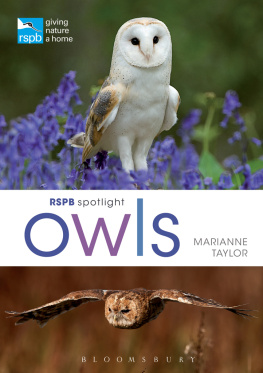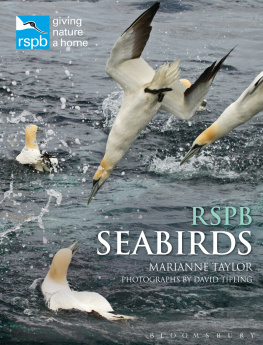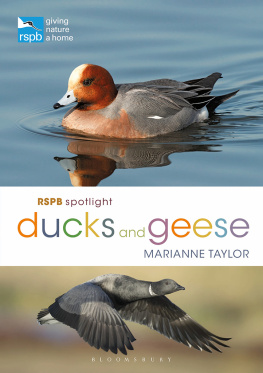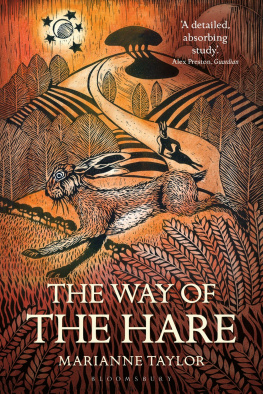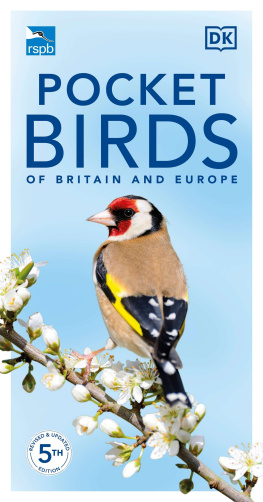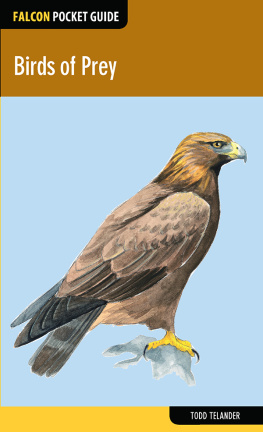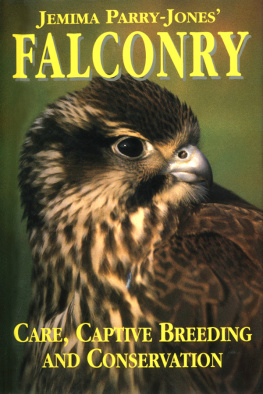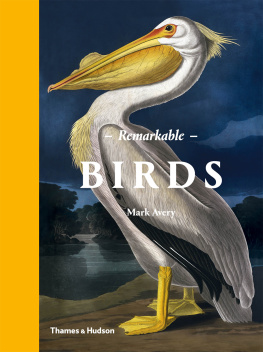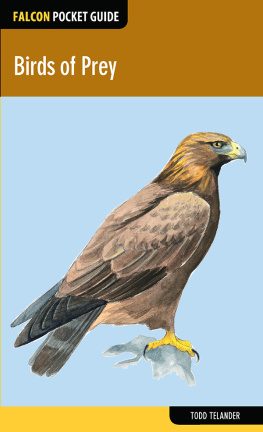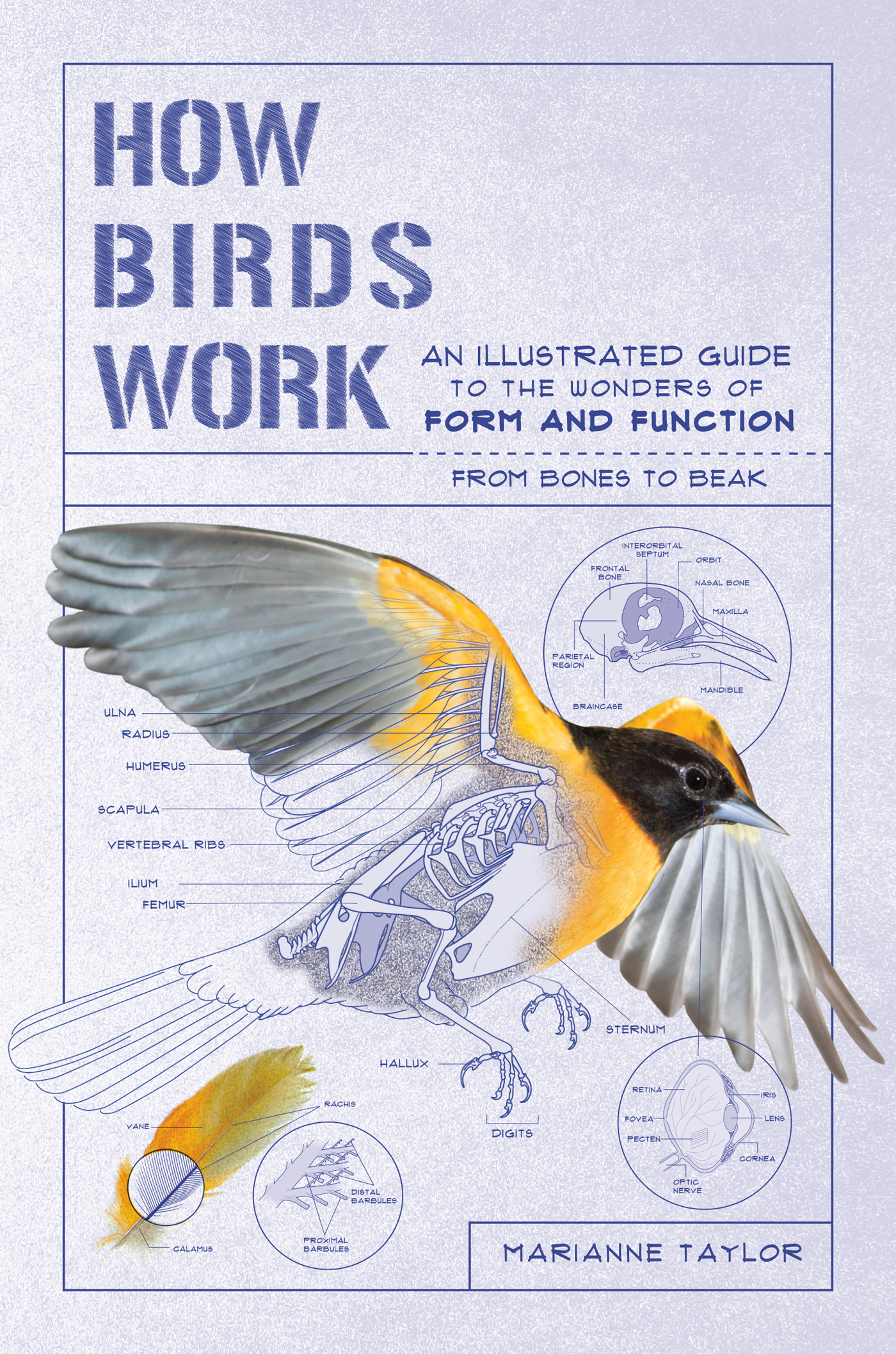Contents
Guide
Page List
contents
introduction
In the world today, there are about 10,000 species of birds. They range in size from the 0.07-ounce (2g) Bee Hummingbird to the Ostrich, which weighs in at some 220 pounds (110kg). There are birds native to every part of every continent, and between them they exploit every kind of habitat from desert and ice cap to the lushest forest. Among them are record-breaking high-fliers, death-defying deep-sea divers, fearsome killers, and the most devoted of lovers. Yet despite all of this variety, their anatomical forms show great consistency. Avian traits are instantly and irrefutably apparent in every bird.

The sensory abilities of owls are fine-tuned to help them locate and target their prey in almost complete darkness.
As the sole surviving dinosaurs on Earth, birds have a long evolutionary history. Their diversity today is testament to the success of the avian prototype, which first appeared some 150 million years ago. Feathered dinosaurs existed prior to this, and feathers were the breakthrough that allowed these animals to maintain their own body temperature and thus survive in more inhospitable climates. But it was the adaptation of the forelimb and its feathers into flight-capable wings that allowed the lineage Aves to really take off.
Flight opens up a vast array of opportunities that are not available to earthbound animalsmost significantly, rapid long-distance travel and the ability to feed and nest in inaccessible places, such as tall treetops, cliff faces, and on remote islands. However, flight comes at a costin fact, many costs. Birds need a certain power-to-weight ratio to make flight not only possible, but energy efficient enough for them to be able to fuel themselves. This means that all bodily structures need to be as light as possible, while also being exceptionally strong to resist the stresses of flight.
The anatomy of a typical flying bird is, therefore, considerably pared down compared to similar-sized mammals and reptiles. Their skeletons contain fewer and smaller (but stronger) bones, their muscles (except for those that drive wingbeats) are slimmed down, and their digestive and waste management processes are extra efficient. Birds live close to their bodily limits and at a fast pace. To cope with this, they have large and complex brains and some show intelligence comparable to that of the cleverest wild mammals. Their intelligence means that their social interactions are complex, and it is for social reasons that they have evolved the most brilliant colors and most beautiful and varied voices in nature.

Although they cannot fly, penguins make use of their wings to propel them on longer and deeper underwater dives than any other birds can achieve.
The least birdlike of birds are those species that are flightless. All flightless birds have flying ancestors, but they have evolved a way of life where other extreme adaptations offset the loss of flight. Penguins can dive deeper and for longer than any other birds, ostriches are the fastest-running creatures on two legs, and kiwis have a sense of smell that is almost without equal.
This book explores the anatomy of all kinds of birds from egg to adulthood. We look at the structure and inner workings of all their internal systems from skeleton to skin, respiration to circulation, reproduction to digestion, mind to motion. Through this exploration, we build a picture of the bird as a complete system, a natural machine honed through evolution to survive and thrive, and to impress, amaze, and enchant.

Woodpeckers skulls have exceptional built-in shock absorption, to mitigate the g-force they experience when using their bills to chisel into wood.
ancestors and evolution
Birds are all that remain today of the dinosaurs. The history of their emergence from the mighty theropod dinosaur lineage is told through millennia of fossils, and evidence of this ancestry is apparent in their living bodies today.

Confuciusornis, a fossil bird from China that lived about 120 million years ago, was crow-sized, with prominent wing claws and a toothless bill.
evolutionary tree
Birds are vertebrates and they have four limbs. This makes them tetrapodsthe same as us and other mammals, and also reptiles and amphibians.
The fossil record suggests the first tetrapods date back about 400 million years. Although they resembled any other fishes to the untrained eye, they had lungs as well as gills, and their pectoral and pelvic fins were becoming modified into structures that could support their weight and propel them on land. Earths land surface was already home to an array of plant life and insects, including the first flying insects, and was ripe for colonization by larger animals; the world was also recovering from the late Devonian mass extinction (about 360370 million years ago) which had caused wholesale loss of biodiversity among marine life in particular.
The first tetrapods, even those that could move freely on land, still needed to place their eggs in water. By 312 million years ago, early reptiles had evolved. These were the first amniotesanimals that produced eggs with sturdy shells that could survive and hatch on land. As well as airproof eggs, they also had adaptations to prevent water loss in their own bodies, such as dry and thicker skin, and more efficient lungs and kidneys.
Some tetrapods have, over time, lost two or all four of their limbs. Snakes, whales, and the wormlike amphibious caecilians are examples of tetrapods that no longer have four functional limbs, but they all descend from four-limbed ancestors and their internal anatomy retains traces of this heritage.
the sauropsid lineage
By 300 million years ago, these first reptiles had split into two primary lineagesthe sauropsids (the ancestors of dinosaurs, birds, and modern reptiles) and the synapsids (the ancestors of mammals). Crocodiles and dinosaurs (including birds) belong to a branch of sauropsids called Archosauromorpha, while modern snakes and lizards descend from another branch, the Lepidosauromorpha. The ancestry of modern shelled reptiles (tortoises and their relatives) is still not fully understood.
Archosauromorpha first appeared some 260 million years ago, and since then has branched and diversified dramatically, though most of those branches were not destined to survive to modern times. About 230 million years ago in the late Triassic period, one of its lineages (Archosaura) split into two pathwaysPseudosuchia and Avemetatarsalia. Species within Avemetatarsalia included the pterosaurs (pterodactyls) and also many of the familiar dinosaurs, such as


